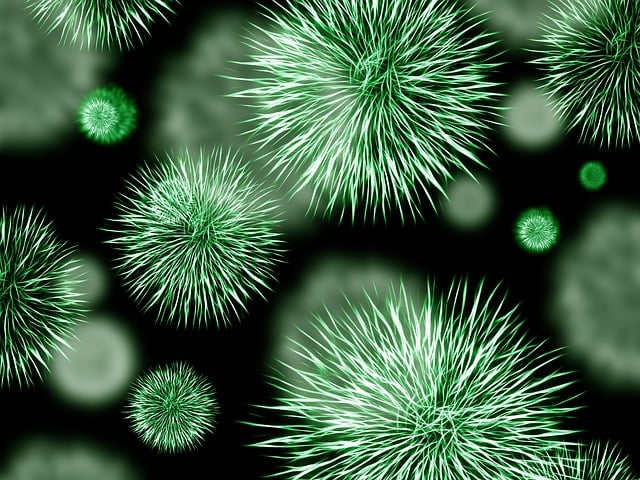Scientists from the Argentine Interinstitutional SARS-CoV-2 genomics Project, known as the PAIS Project, together with researchers from the National University of La Pampa (UNLPam) and the University of Buenos Aires (UBA) found infection with the Gamma variant of the Sars-CoV-2 in four hairy armadillo specimens in Argentina, which postulates that the animal could be a yet unidentified viral reservoir.
The preprint, not yet peer-reviewed and published in the BioRxiv repository , is based on the fact that the current pandemic caused by SARS-CoV-2 and its variants represents an example of the “One Health” concept in which humans and animals are components of the same epidemiological chain.
“Animal reservoirs of these viruses are therefore the focus of surveillance programs to monitor their circulation and evolution in potentially new hosts and reservoirs. In this work, we report the detection of infection by the Gamma variant of SARS-CoV-2 in four specimens of Chaetophractus villosus (large hairy armadillo/hairy armadillo) in Argentina,” the text continues.
“In addition to the discovery of a new species of wildlife susceptible to SARS-CoV-2 infection, the identification of the Gamma variant three months after its last detection in humans is a notable result, which raises the question of possible reservoirs. unidentified viral infections”, concluded the abstract of the preprint.
As detailed in the Proyecto PAIS Twitter account, “the four Peludos were found in General Pico, La Pampa, in March 2022.” The diagnosis of COVID-19 was made and specific neutralizing antibodies to SARS-CoV-2 were detected. Then, the complete genome of the virus was obtained.
“The most surprising result is the finding that these animals were infected with the Gamma variant of SARS-CoV-2, which according to GISAID reports, its last circulation record was on January 10, 2022 in Peru and on December 22, 2022. 2021, in Argentina,” the scientists reported.
They clarified that the most probable source of the outbreak that occurred at the UNLPam facilities, where the Peludos were in captivity "could not be determined", but they risk that it could have been generated by the entry of other animals, such as rodents and birds. However, all human samples analyzed in the period correspond to the Ómicron variant.
“The discovery of this species as a host susceptible to SARS-CoV-2 infection has enormous relevance due to the growing transit of this species from nature to populated areas,” the scientists indicated.
“How and where a supposedly extinct variant was maintained and transmitted to these animals remains a mystery,” which is why “intensification of surveillance programs is recommended to monitor the circulation and evolution of SARS-CoV-2 in hosts and reservoirs.” potentially new”, they closed.
















